Since I’ll be travelling this week on my first trip since the pandemic began, I decided to visit the Hôtel-Dieu Hospital in Montreal this weekend to get a free polymerase chain reaction (PCR) test for COVID-19.
Note that I wasn’t showing any symptoms and haven’t been exposed to any confirmed positive cases; moreover, it isn’t mandatory to test for COVID-19 prior to travel between Canada provinces.
However, I decided to go ahead and get a test anyway, because I couldn’t know for sure if I’ve come into contact with any asymptomatic carriers in recent days, and wouldn’t want to put at risk any of the people I’m meeting on this trip. Plus, obtaining a PCR test will likely be an unavoidable part of our collective travel experience for the foreseeable future, so I wanted to get a first-hand understanding of the process.
In this post, I wanted to share with you my testing experience, as well as a few other individuals’ experiences obtaining a COVID-19 test from around Canada.
In This Post
- Different Approaches to COVID-19 Testing Across Canada
- COVID-19 Testing Experience in Quebec
- COVID-19 Testing Experience in Ontario
- COVID-19 Testing Experience in British Columbia
- COVID-19 Testing Experience in Alberta
- Conclusion
Different Approaches to COVID-19 Testing Across Canada
Before we begin, note that the experiences shared in this post are from Quebec, Ontario, and British Columbia. Each province has developed its own approach to testing, so you’ll want to check the COVID-19 testing guidelines for your own province for any specific requirements for obtaining a test, as well as the testing locations:
- British Columbia: Only individuals who develop symptoms of COVID-19 or who have been in contact with a case should be tested.
- Alberta: Universal testing is available to anyone who wishes to be tested.
- Saskatchewan: Universal testing is available to anyone who wishes to be tested.
- Manitoba: Only individuals who develop symptoms of COVID-19 or who have been in contact with a case should be tested.
- Ontario: Universal testing is available to anyone who wishes to be tested.
- Quebec: Guidance depends on your specific region, but the province has been encouraging widespread voluntary testing in recent months.
- While Montreal’s website lists only those with symptoms and those who have been in contact with a positive case as eligible for testing, I was able to get tested with “upcoming travel” as a reason without any issues.
- Nova Scotia: Only individuals who develop symptoms of COVID-19 or who have been in contact with a case should be tested.
- New Brunswick: Only individuals who develop symptoms of COVID-19 or who have been in contact with a case should be tested.
- Prince Edward Island: Only individuals who develop symptoms of COVID-19 or who have been in contact with a case should be tested.
- Newfoundland & Labrador: Only individuals who develop symptoms of COVID-19 or who have been in contact with a case should be tested.
For provinces that do not have universal testing, the requirement is generally that you obtain a physician or health line’s referral to a testing centre to get tested.
My understanding is that while asymptomatic individuals who simply “want” a test for the sake of it are likely to be rejected, those who need a COVID-19 test for a specific purpose, such as fulfilling a country’s entry requirements for upcoming international travel, should still be able to get one.
COVID-19 Testing Experience in Quebec
The Hôtel-Dieu Hospital is one of 20 testing locations in Montreal, and is available on a walk-in basis from 8am to 8pm every day of the week.
I showed up at around 3pm on a Sunday for my test.
Following a series of signs, I eventually made my way to one of the hospital’s side entrances. A security guard offered me hand sanitizer, and even though I was wearing a cloth mask, he insisted that I replace it with a disposable medical-grade mask instead.
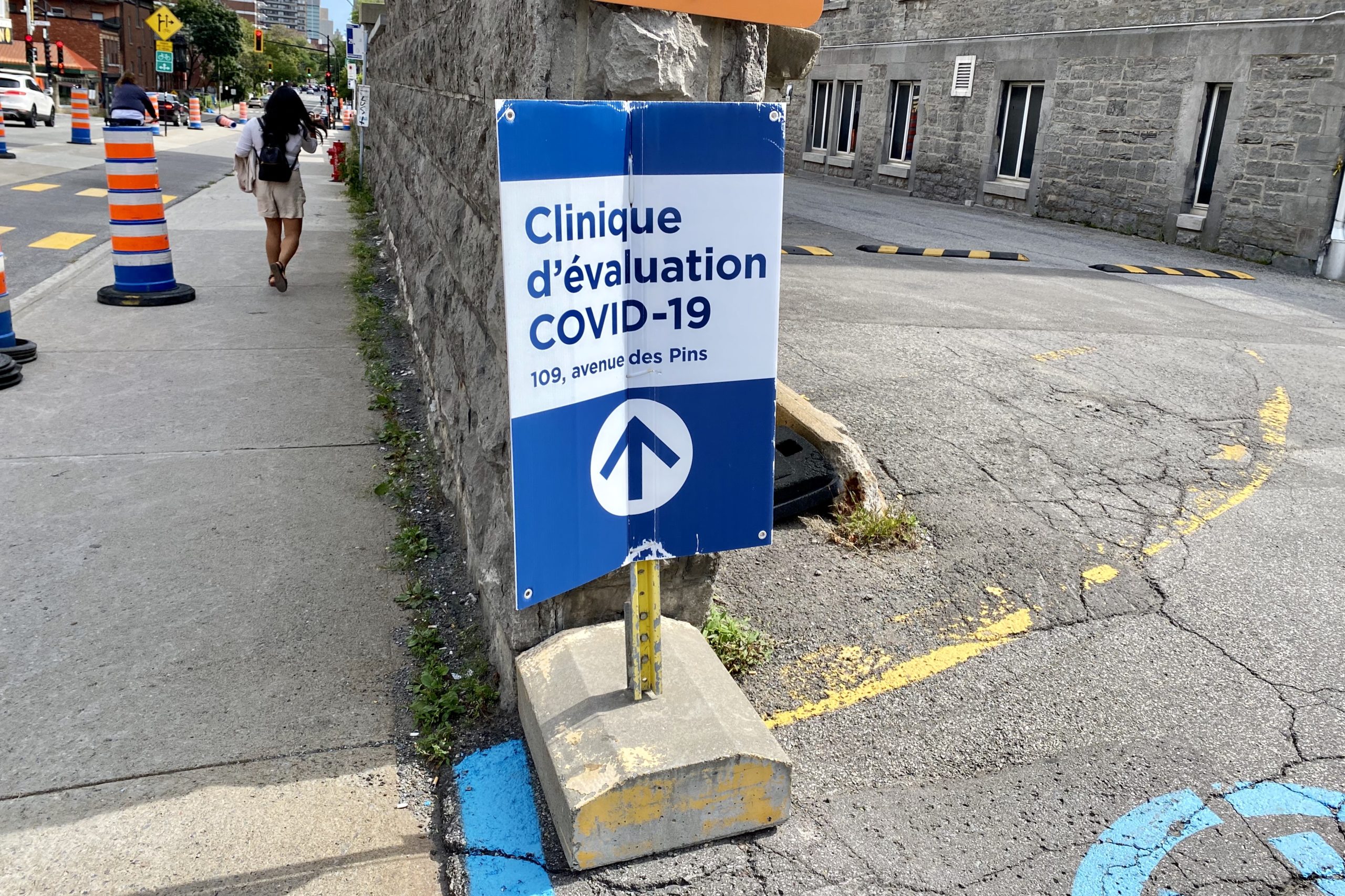
A series of socially-distanced waiting spots had been marked out down a long hallway. However, while I had been told to expect up to a one-hour wait, I was happy to see that there was in fact no wait at all.
Pretty soon, I found myself at the socially-distanced check-in desks, face-to-face with a nurse (who wore a mask, face shield, and full PPE) as she took down my information. I was asked for my reason for getting tested (upcoming travel), whether I presented any symptoms (no), and whether I had come into contact with any positive cases recently (not that I knew of).
As it relates to the nasopharyngeal swab test, she also asked me if I had any nosebleeds recently. I told her I had a light one last week, which seemed to be fine.
From there, I was handed two sheets of paper: a registration form to pass along during the next step upstairs, and another form that would be my proof of testing for me to keep.
[foogallery id=”21829″]
I was shown into a large hospital elevator and given another few dollops of sanitizer by a dedicated “elevator attendant” as I made my way inside.
Upstairs, I followed the path on the ground to another room in which to complete my registration. Along the way, I was asked to retrieve my Health Card and sanitize it under a dedicated sanitizer dispenser. Note that while it’s encouraged to present your Health Card, even those without provincial health coverage should be able to get tested.
To complete my registration, I was asked for my full name, phone number, email address, and postal code. This information was then printed on a set of three stickers: one sticker was pasted on each of my sheets of paper, while a third was kept by the staff member completing the registration.
From there, I continued to the testing area. It’s been a while since I’ve set foot in a hospital, and I’ve heard from others that the PCR test can get quite uncomfortable, so I can’t deny that I was feeling just the slightest bit of apprehension at this point.
Before I knew it, though, I found myself in the testing room, where the nurse walked me through the testing process:
- First, there’d be a throat swab, which I was told “may trigger the gag reflex”.
- Then, there’d be a nasal swab deep in my sinus, which I was told “does not hurt, but is uncomfortable”.
On that note, I lowered my mask and leaned my head back, ready to get it over with. Two long sticks with a soft brush at the end (kind of like a pipe cleaner) went down my throat and sinus, and in both cases I must’ve made some involuntary gagging and humming noises that would’ve been quite embarrassing in any other context.
The nasal swab was definitely an uncomfortable sensation, but no worse than that. The nurse counted a total of “1… 2… 3… 4… 5…” rotations of the swab, and the process took about 10 seconds to complete.
And that was it! After the two swabs were complete, I was free to leave, collecting a few more dollops of hand sanitizer on my way out. The nasal swab left a slightly tingly sensation in my sinuses, and I had to crinkle my nose a fair few times to get rid of it. I certainly didn’t like the feeling, but hey, I’m sure it beats being on a ventilator.
Just over 24 hours later, I received my test results via email:
I was happy to see that the test result was negative, as expected, allowing me to take my trip later this week in good conscience.
Moreover, I noted that the confirmation email clearly displayed the date of the test, as well as the declaration that “the test administered is a commercial PCR test kit approved by Health Canada”, which should be enough to fulfill the COVID-19 entry requirements of most countries around the world.
COVID-19 Testing Experience in Ontario
In addition to my own testing experience, a few members of the Prince of Travel team recently obtained COVID-19 PCR tests as well, and I asked them to write up a few bullet points about their experiences.
My assistant Rachel recently obtained a test in Ottawa as a precautionary measure prior to taking a domestic trip. Here’s her account of the experience:
- Went on Saturday, so only thee Brewer Park location was open (no option to make appointment online)
- Arrived at 11am, 20 people allowed inside the arena, rest have to wait outside
- Around 8 people outside when I got there
- All people inside and outside the arena are waiting to register
- About 30 minutes before going inside arena, then another hour before I could register
- They ask basic questions about your symptoms, travel history
- Nurses are not dressed in full PPE, just gloves and mask
- Must remove your mask and put on the one they give you (basic blue surgical mask)
- After registering, another 30 minutes or so before my turn
- Test is pretty uncomfortable; there is a throat swab and nasal swab
- Could possibly trigger gag reflex
- Was advised results would be within 48 hours
- Give you a link to check your results, pretty simple
- Will call if it’s positive
- About 3 hours in total
- Might be shorter at other locations during the work day, since only Brewer Park is open on weekends
- Inevitable long wait due to safety precautions, cleaning every chair between guest, wiping registration desk
In addition, Prince of Travel contributor Amy, based in Toronto, shares the following account from her COVID-19 testing experience with her family of five, which they completed yesterday upon returning from a trip to BC:
- Came back from BC, and decided to go for COVID-19 testing even though it’s not required for travel between Ontario and BC, but as numbers in BC are rising and the kids are going back to school, we wanted to make sure they were OK to go back
- Did not need to show symptoms to get tested, as long as there was a concern of potential exposure
- Went on the website of the closest hospital to us; they had a walk-in assessment centre, but registration must be done over the phone before going, so we called the hospital’s number to register
- Staff answering the phone asked for our name, health card number, address, contact number, email, any symptoms
- Was told to proceed to walk-in assessment centre anytime during operating hours of 9am to 9pm on the same day
- Drove to hospital, parked, lined up in front of the assessment tent in a socially-distanced manner
- It was a short line; we were 3rd in line, and it took 5 minutes before our turn
- Once it was our turn, we went inside the tent, and were directed to a numbered partitioned area
- Doctor did a quick assessment asking about symptoms
- Nurse returned within a couple of minutes to do the swab, which she put up the nose, twisted quickly and removed
- Wasn’t a particularly horrible experience, but slightly uncomfortable, giving you the sensation of wanting to sneeze and tear up at the same time – the kids had watery eyes but smiles, to give you an idea
- Signs posted said test results within 96 hours, but the doctor advised it was more like 48 hours; currently awaiting test results
COVID-19 Testing Experience in British Columbia
Meanwhile, Prince of Travel contributor T.J., based in Vancouver Island, shares the following account from his wife, who had developed some cold symptoms recently and was therefore encouraged by the province to seek testing:
- Called central COVID-19 testing hotline to schedule appointment at mobile clinics
- Have to be exhibiting some sort of symptoms to get tested (apparently BC does not have capacity for testing everyone)
- Was given an appointment the same day (we live in a smaller town, so it may be different in the city)
- Drove to hospital with mobile testing clinic
- Drive-thru service
- Rolled up, unrolled window, brought mask down, swabbed (10 or so rotations, seemed longer and more painful than in Montreal, had nosebleed)
- Follow up info: while you are waiting for results, make a list of people you’ve been in contact with; if positive, then the list gets put into tracking system for contact tracing
- Results in 24 hours
- Sign up for profile on BC Health Portal website (if positive, they call directly)
- Must log in to check, no notification of when results were ready
COVID-19 Testing Experience in Alberta
Longtime Prince of Travel reader Arsalan H., based in Edmonton, was generous enough to share his COVID-19 PCR testing experience in the province with us:
- I went online to the Alberta Health Website, filled out a survey, and arrived at the online booking form at the end.
- Got to choose my location and preferred time slot.
- Booked an appointment for the end of the day around 4:30pm. Free parking on site.
- Outside the gymnasium there are two lines, one for walk in, and one for scheduled appointments. Both lines were very small.
- Go inside. Put on surgical mask. Hand sanitize.
- Fill out some basic paperwork, show your ID, stand in line.
- A nurse in full PPE (gowns, mask, gloves) comes to get you and shows you to your testing booth.
- You sit in a chair, answer a few more questions.
- The swab takes place. Feels like a tickle, goes back farther than you expect! Not too bad.
- You are free to go home. I was in and out in under 30 minutes.
- In 48 hours I got a phone call with my result. It is a robot if negative, and a real person if positive.
- Overall, a pretty slick experience. Easy to book appointments online, and very efficient once I arrived.
However, Arsalan also notes that Alberta has recently tightened its criteria for who is eligible for testing, although thankfully there is an exception for people who need a test for the purpose of travel. Currently, COVID-19 testing in Alberta is recommended for:
- Albertans with symptoms of COVID-19;
- Albertans who are close contacts of a confirmed case, whether symptomatic or not;
- Albertans who are linked to a known outbreak, whether symptomatic or not; and,
- Asymptomatic Albertans who are:
- School teachers and/or school staff;
- Healthcare workers;
- Staff and/or residents at congregate living facilities, including long-term care;
- Experiencing homelessness; or
- Require asymptomatic testing for the purpose of travel
Conclusion
Getting tested prior to travel is a good precaution to take prior to travelling to a different province, and is almost always mandatory to board international flights and cross borders in the current climate.
Since Canada has done a pretty good job all around of making COVID-19 PCR tests available to the public, it’s my understanding that anyone who needs a PCR test prior to travel should be able to get one by looking up their local testing guidelines, procedures, and locations and acting accordingly.
The test itself can be physically uncomfortable, but is really no worse than that, and it’ll be over within a few seconds. I hope the experiences shared in this post gives you a better understanding of this new component of our collective reality, and I’d welcome any other travellers who’ve recently gotten PCR tests (in Canada or globally) to share their experiences in the comments below as well.



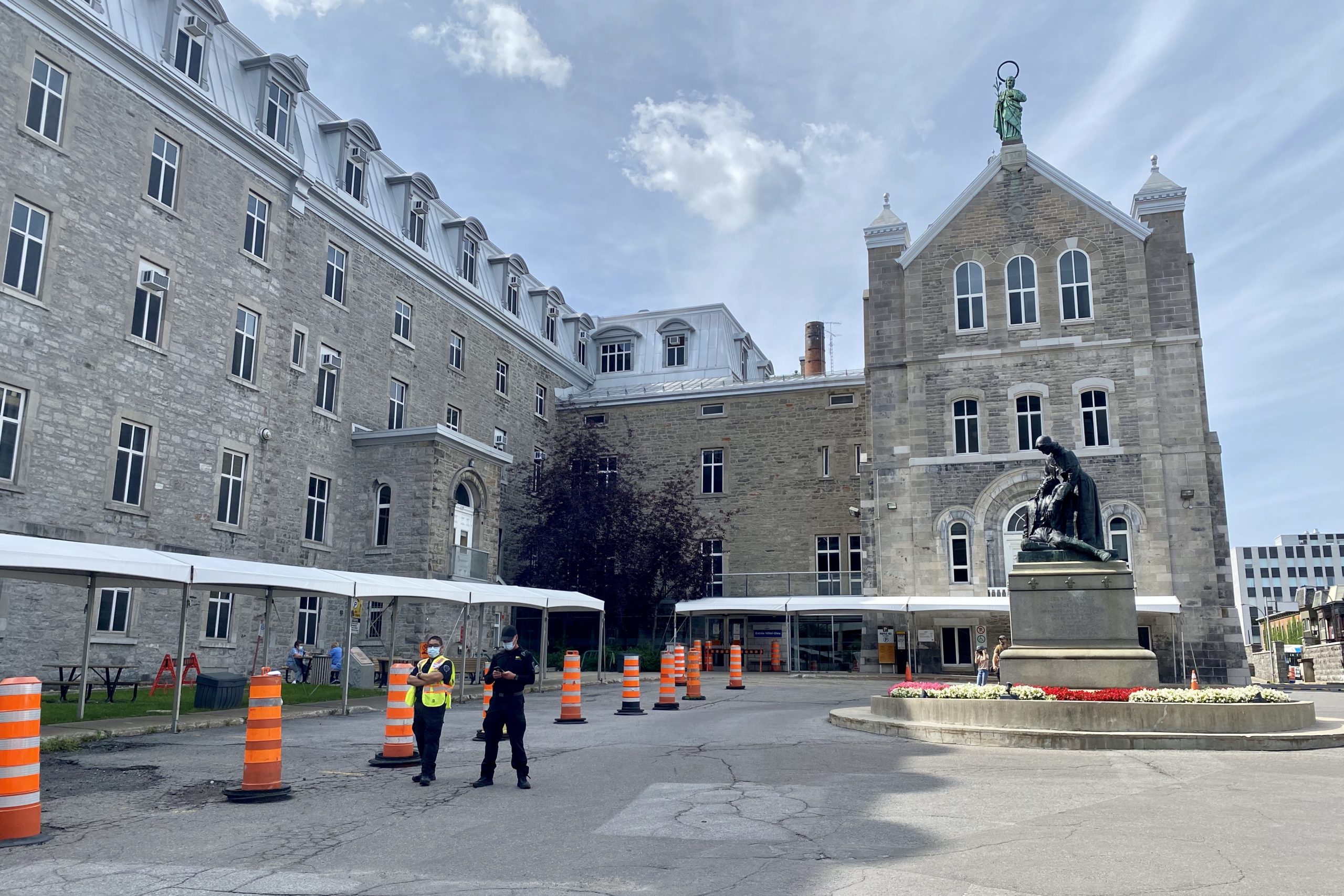
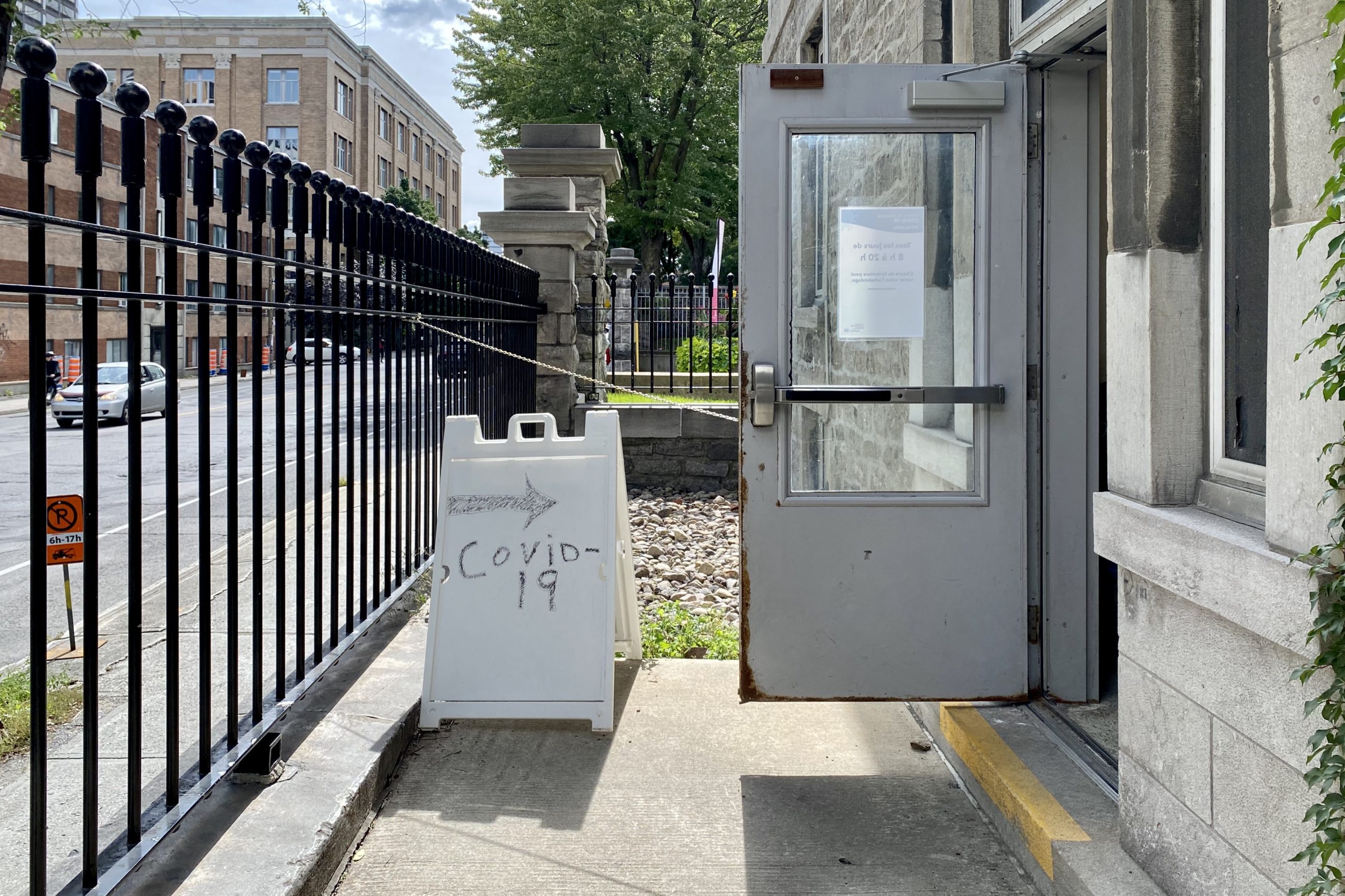
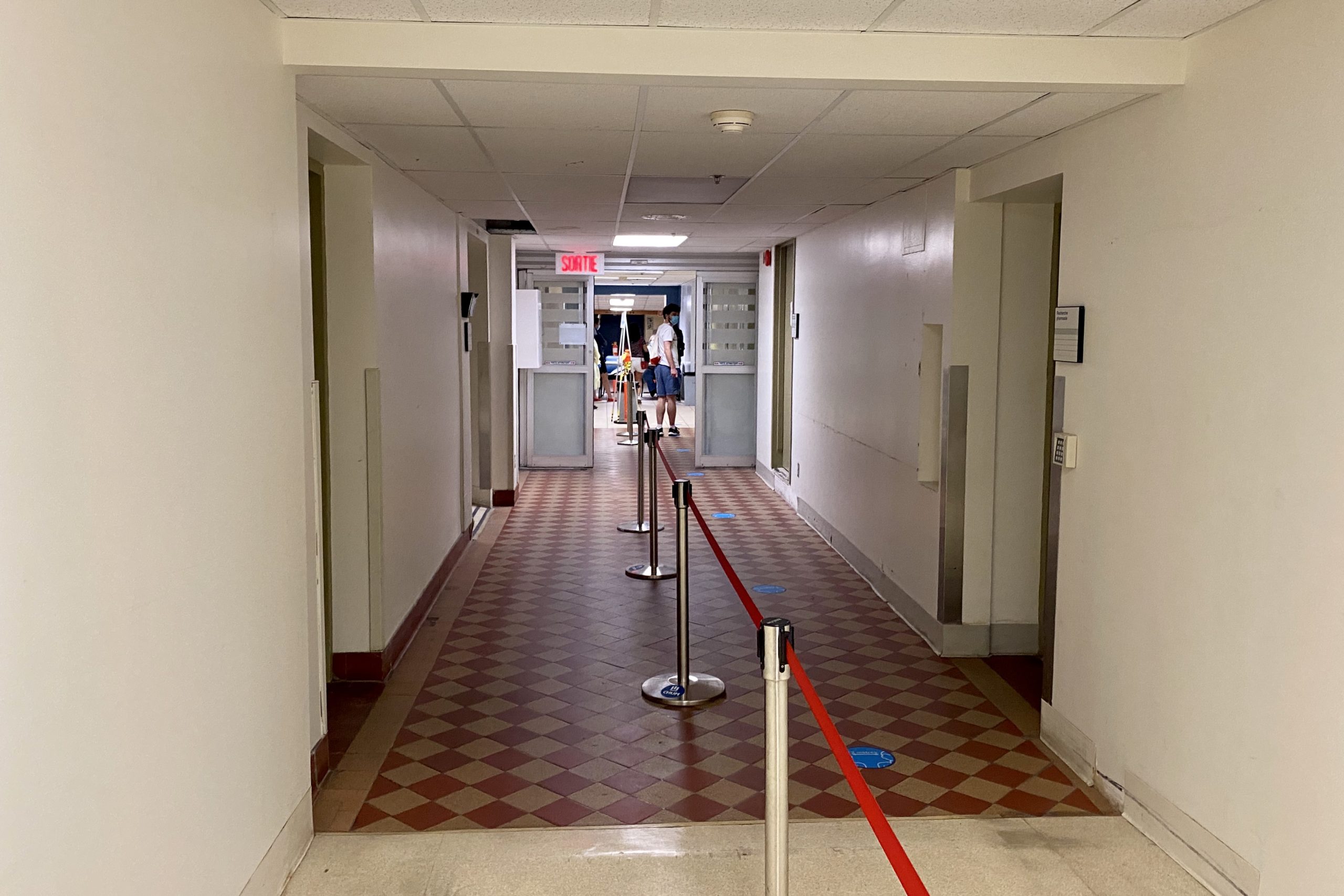
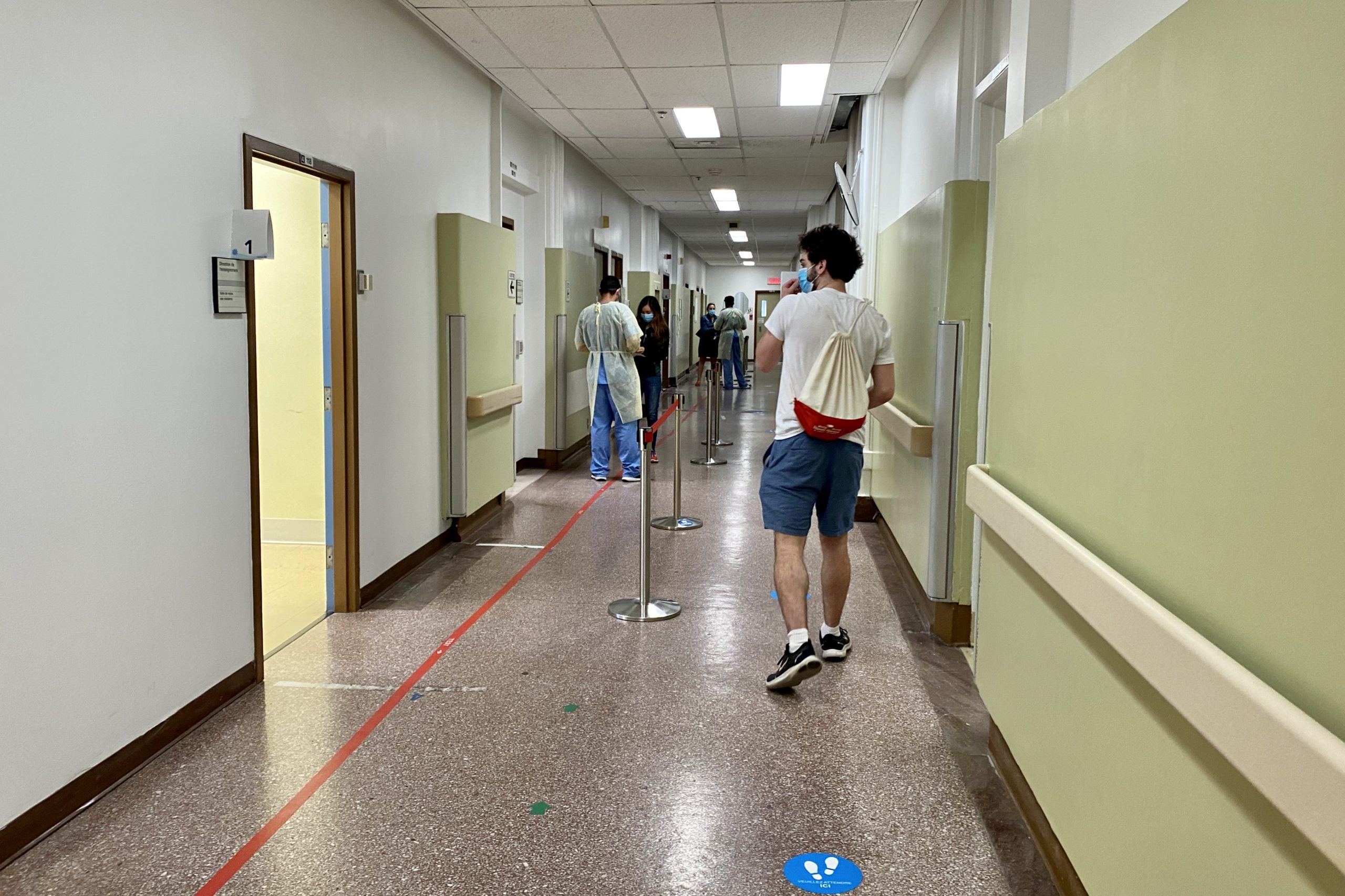
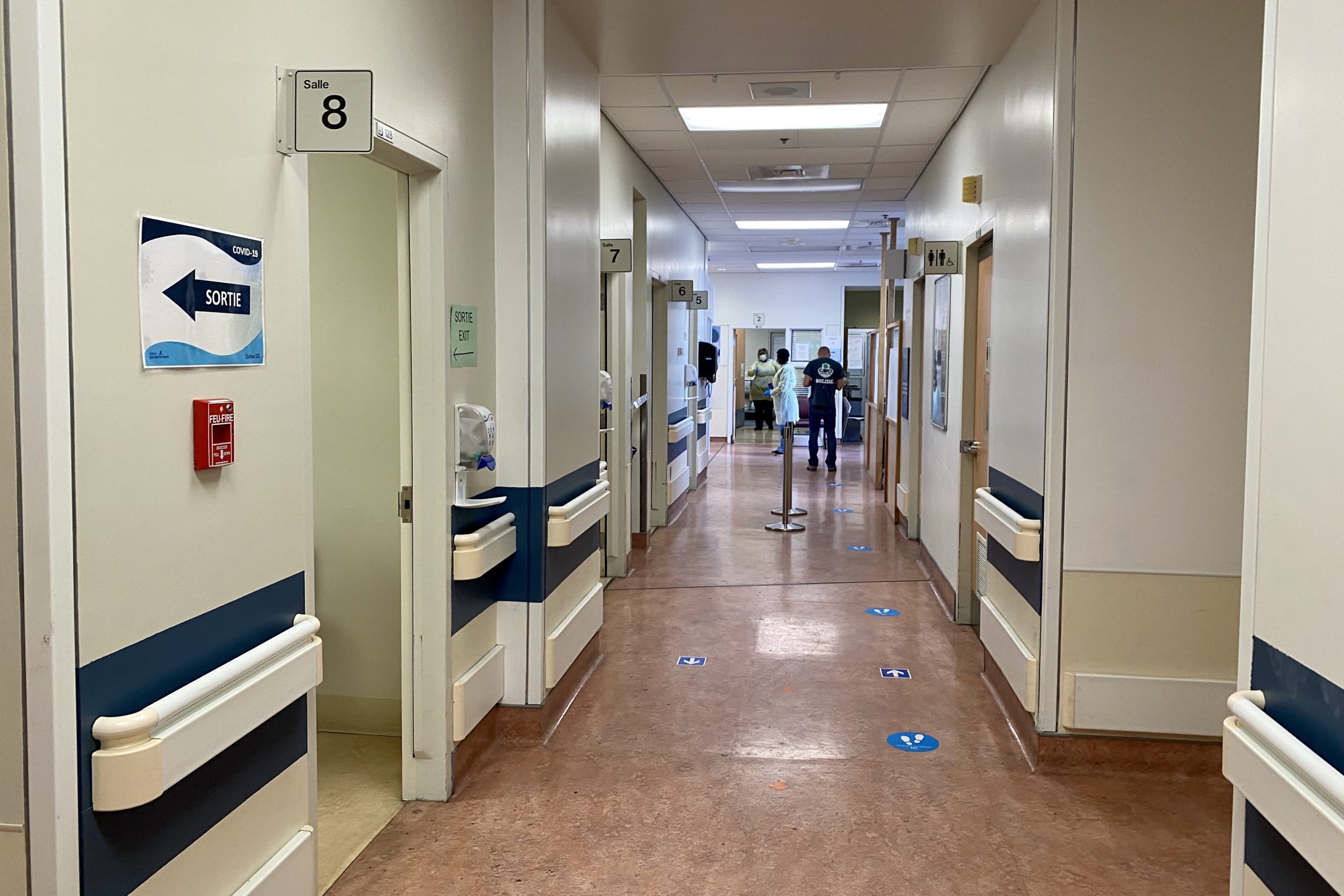
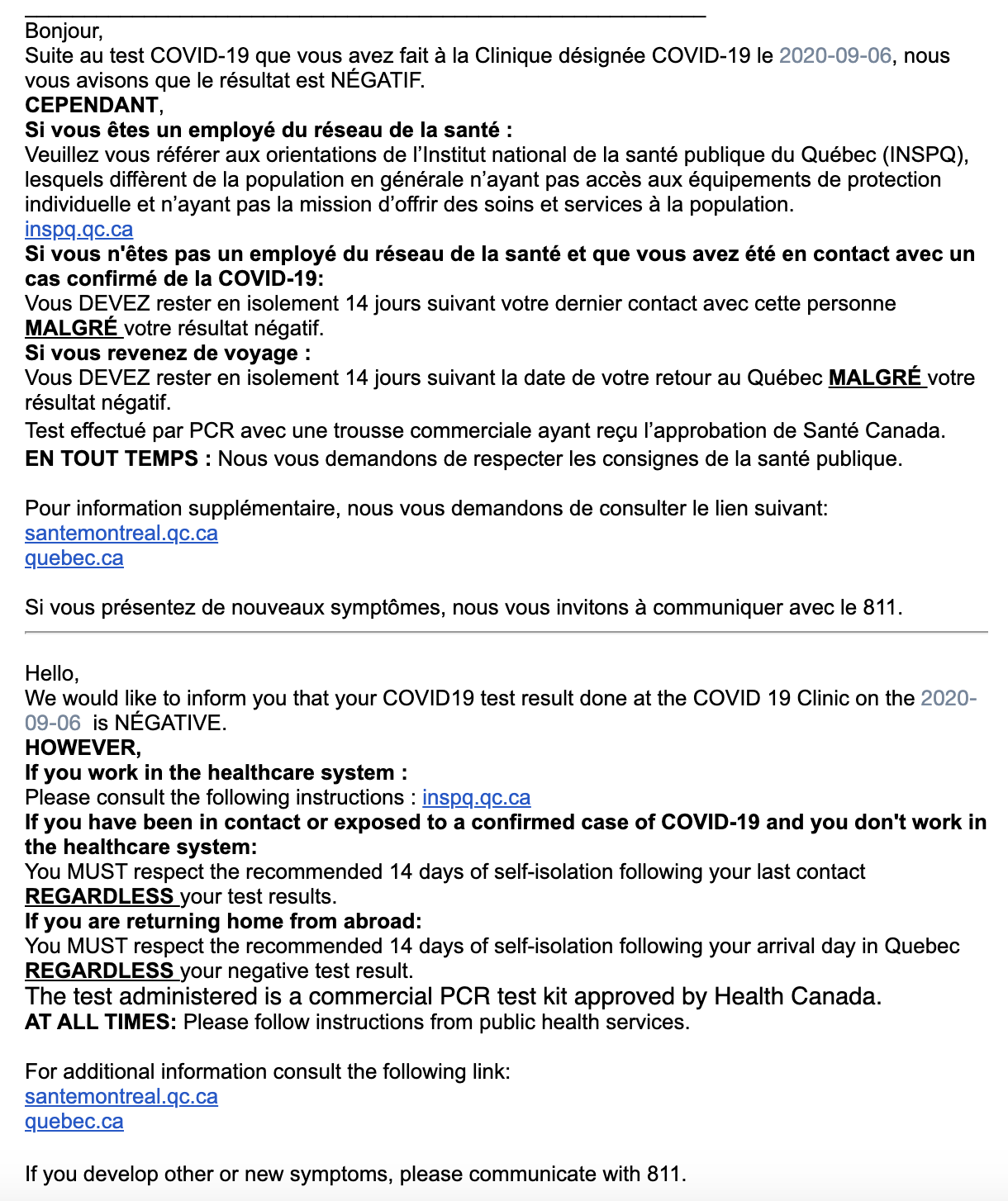
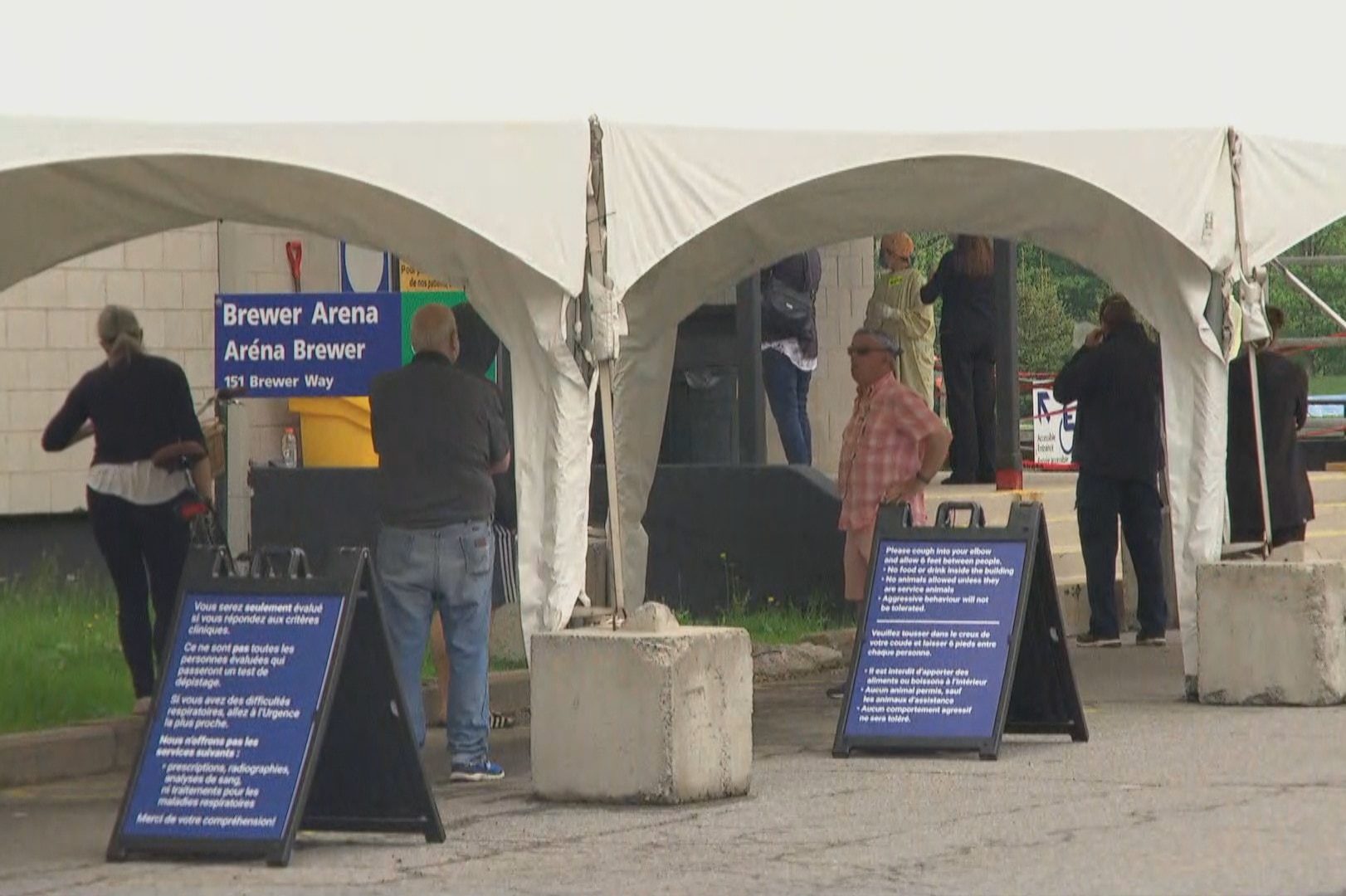










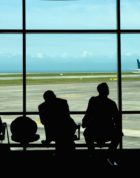
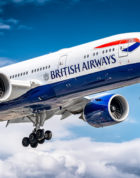

Hello! Does anyone have recent updates on this? I read on another forum that people who got the free test at Hôtel-Dieu was rejected to board the flight, what makes the difference between a free test and a private one? Do we need a certification to fly, and that is not provided at public test centers? So basically can anyone confirm if they used a free test for flying overseas? I need to travel due to urgent family matters that I can not postpone and Covid just makes it so difficult and expensive 🙁
Can some one share the cost/fee for RT-PCR testing in Ontario. Is it free ?
Free if you make an appointment at one of the hospital testing centres.
Thanks Ricky for letting us know it is free at hospital testing centres. Wondering if it free at Pharmacy testing centres (Shopper’s Drug Mart) as well in Ontario ? Planning to make an International travel and will need to have RT-PCR.
Yes my understanding is that’s free as well, you just need to make an appointment.
Testing in BC for travel….good luck. We are suppose to stay home! Expat returning to Shanghai after 8 month lock out. Booked 2 flights and 3 tests thru travel clinics…each test 450.00
72 hour window. 0ne test too early and sent late had 12 hrs to find a flight. Test 2 arrived 24 hrs before flight. Made it to Shanghai $2300.00 one way ticket AC. Now in 14 day quarentine. Swabbed at airport upon arrival, and swabbed again before I return to my home.
B.C. Very frustrating. It should be more convenient for travelers if they want airlines to return to normal. Disconnect…
I choose medfuture and they didn’t send me the result as they promise (next day 5pm). They lied about it. Dont try!!!!!
Can you please tell me eventually how long you get the report? Many thanks!
I went today to Hôtel-Dieu Hospital Montreal (Sunday at 6 pm), I told them I am traveling in 2 days (Wednesday). Directly the nurse at the desk said it will take up to 5 days to get the results and we are prioritizing the people who have symptoms. She asked me to look at the letter on the door and gave me the address of the 3 private clinics to go and do the test there (needs appointment for travelers).
The letter stuck on the door says: (I’m translating it to English)
“Leaving Canada
Some countries require medical certificates or COVID-19 tests from travelers and nationals upon arrival. These requirements are not an indication for testing in Québec. Certificates are not covered by the Régie d’assurance maladie du Québec.
The following laboratories are recognized by the Laboratoire de Santé Publique du Québec to carry out the tests and issue the certificates prescribed for travelers and nationals:
Medfuture Clinic
1 514 378-7000
Biron Health Group
1 833 590-2712
CDL Laboratories Inc. ”
1 514 344-8022
Of course, I should pay for these. I checked their websites and nothing is really clear about their services. I’m waiting for tomorrow to call them early morning and see which one would work. The drive-thru for Medfuture Clinic says 215$ and you get the results the next day. (I saw a google review about them saying that they lie about the timing of the results and it might take more than 3 days).
Now I’m really stressed & confused ( don’t want to miss my flight), I hope that tomorrow I can call them and see the best one that guarantees the results before my flight.
I believe they are trying to make it harder for anyone here in Montreal to travel. So the whole process of getting a PCR certificate before 92 hours of departure is very difficult. I believe it is a strategy by the government to limit the number of people traveling abroad and coming back. I hope I’m mistaken, will wait for tomorrow morning and see.
Request you to share, which one of the three you eventually opted out and how did your overall experience go?
(I have an urgent travel plan, your lil assistance will be a big help for us)
Medfuture Clinic
1 514 378-7000
Biron Health Group
1 833 590-2712
CDL Laboratories Inc. ”
1 514 344-8022
Thanks much!
Hello there. Please share which clinic you ultimately went with. I have a flight next week (Wednesday as well) and I am stressed about getting the test and the result back on time taking Thanksgiving holiday into account.
hey, did you figure out which one centre works(ed) for RT-PCR traveller test report?
Please advice
Thanks
did you find one?
One thing is still not adding up for me. Most countries that require a PCR test prior to arriving say it must be done within 48 or sometimes 72 hours before arriving. In Ontario the waiting time to get the test result can take that long and one must keep in mind travel time to get to where you are going. Anyone else wondering how this is going to work?
It’d be up to the traveller to make the necessary arrangements. Most test centres make it clear beforehand the expected turnaround time for the test result, so if none of the public test centres in your area are able to provide one within 48–72 hours, it may be necessary to go to a private clinic at additional expense.
Unfortunately, I’d expect logistical problems like these to be the norm over the next few years, although my hope is that mass public testing with quick turnaround times (as I experienced in Quebec) will be more widely available going forward as we continue to build out our testing capabilities in Canada.
I wonder about this as well
Is it assumed that any country with testing requirements prior to entry will accept the test result? Some airlines/countries have specific laboratories or branded test kits that they will accept. For example, French Polynesia has a specific list of test types/brands that they accept, would you say that with the test you got in Montreal is on this list?
https://tahititourisme.com/wp-content/uploads/2020/08/FDA-Approved-Tests-for-Travel-to-French-Polynesia-August-11-2020.pdf?_ga=2.89452571.1216615680.1599589546-1224887587.1597253034
Just curious as the email result you got doesn’t mention what pharmaceutical company or name of the test kit, but maybe you have it in another document?
It seems BC is cheap! They don’t want to spend the money. They just want you to go home and quarantine for 14 days. I had to argue with them!! There is a test called SONA that takes 5-15 mins and you get your results! That fast That’s the test I would like to see approved soon! Apparently It’s on HC list for approval soon. Test and travel or work safely.
Also I’d be more worried of ppl coming from Quebec and Ontario to BC! Just compare our numbers. BC is pretty low
Hi, I don’t see any name of patient in your results email, do they send a PDF file that has complete details of the patient? Thanks
In Alberta – you can get tested at many pharmacies in the province. You simply go in, fill out a form and step into the pharmacist’s office. The pharmacist takes the sample and sends it to the lab, and results are available on-line in about 3-5 days.
I should note this is only if you are asymptomatic. If you have symptoms you have to book an appointment at a testing centre (via Alberta Health Services) where your test results are fast-tracked and the testers have more PPE available.